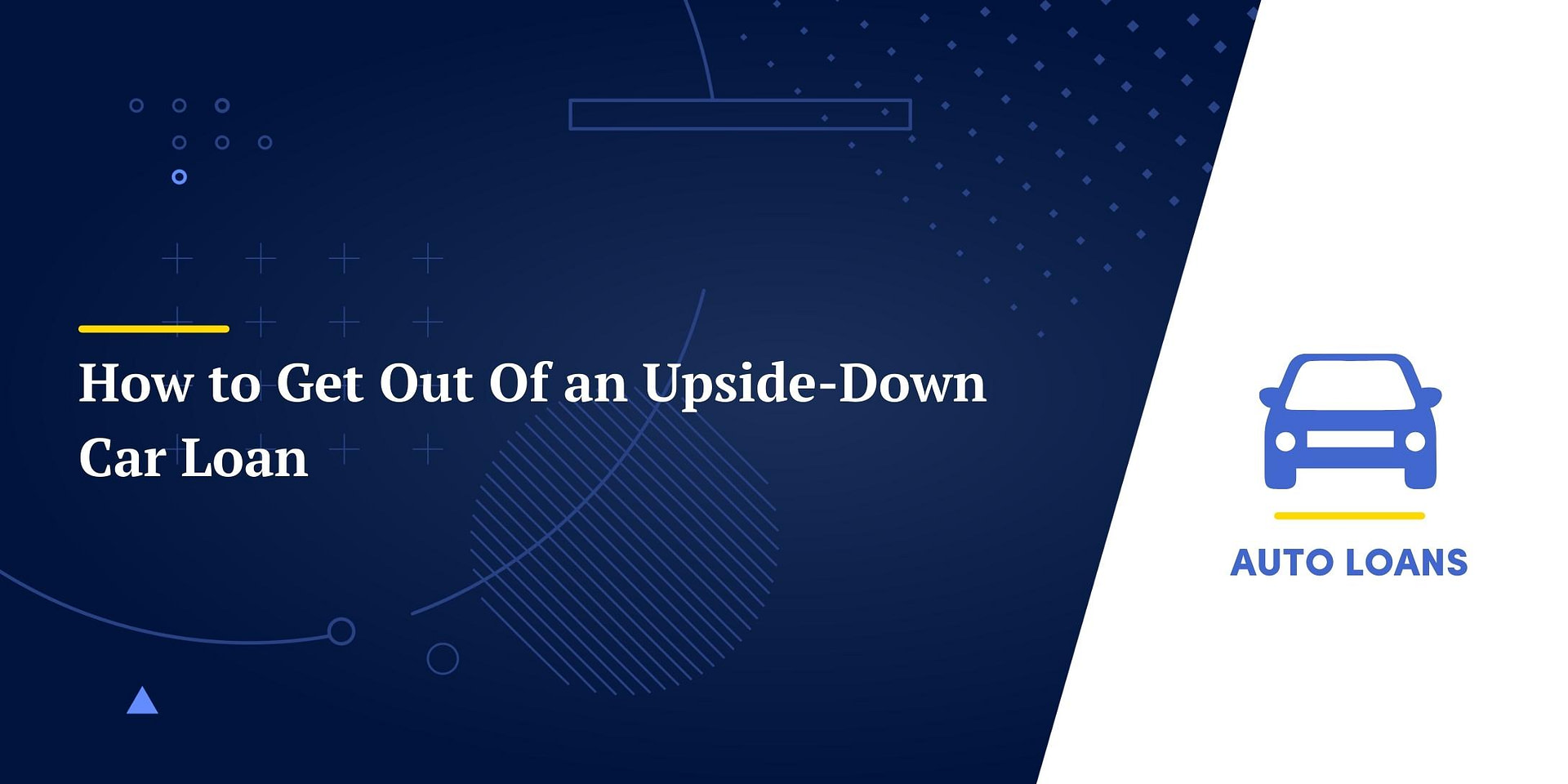An upside-down car loan (also called being underwater on your loan or having negative equity) means your loan balance is higher than your car’s value.
Ending up upside down on a car loan is easier than most people think. If you struggle to make your car loan payments because you owe more on your vehicle than it’s worth, you’re not alone.
Here are some tips and strategies for getting out of an upside down car loan.
What to Do if You Can Continue Making Payments
If you find yourself upside down on a car loan, but your credit is good and you can continue making payments, consider these steps.
Determine the Scale of the Problem
You can whittle the problem down to size by calculating how far upside down you actually are. Here is how to do it.
- Ask your lender for the current amount it would take to pay off the loan. That figure is the amount you would have to come up with today.
- Ask for the total amount you will pay if you continue monthly payments until the loan is satisfied. This will be a different number than today’s payoff amount because you will incur interest if you stick with the loan until it is paid in full.
- Calculate the value of your car. You can use an online calculator that allows you to enter the vehicle identification number (VIN) of your vehicle and find out the current value.
- Determine how features, mileage, and color may raise or lower the price of your car.
- Subtract your car’s value from the current loan amount at today’s payoff amount, and do the same for the amount if you keep the loan and continue monthly payments until the end.

Now you have a good idea of how large the gap between your loan balance and the value of your car is in two scenarios: if you hold onto your loan or if you refinance it.
If you’re only upside down by a small amount, you don’t have a serious problem. In a worst-case scenario, you can simply cover the difference. If the gap is large, you may want to take steps to protect yourself or even to replace your loan.
Get GAP Insurance
If you plan to keep your car and continue making payments, GAP insurance will keep you covered.
GAP insurance, also known as Guaranteed Asset Protection (GAP) insurance, pays the remaining difference between the actual value of a vehicle and the balance due on the loan. It comes into play if your car is financed and you make a claim for a total loss.
Say you wrecked your car or it was stolen, but you still owe your lender $35,000. Your insurance company decides that the actual cost value (ACV) is $30,000 and issues you a check for that amount. GAP insurance will then step in to cover the remaining $5,000.
GAP insurance will protect you if your car is totaled or stolen, but it will also add to your insurance bill.
Keep the Upside-Down Car Loan and Make Extra Payments
An additional monthly payment will help you accumulate equity more quickly and get rid of your negative equity, especially if your lender will apply the payments to the loan’s principal. You don’t have to make a double payment. Just add a percentage to what you pay, such as 10% to 25%. You will reduce your interest costs and build more equity.
Use the early payoff calculator below to see how much sooner you will be able to pay off a loan and how much you will save on interest with extra payments.
- Don’t buy more car than you can afford. Don’t let a dealer talk you into buying the latest and greatest with the newest features. Decide on a budget and stick to it.
- Make a substantial down payment. A down payment means you have equity from the start and makes it much less likely that you’ll go upside-down.
- Keep the loan term short. Long-term auto loans keep monthly payments down and make a car seem more affordable, but they are a fast road to an upside-down loan. If you can’t afford the payments on a 60-month loan, look for a cheaper car.

You can get out of an upside-down car loan, but you’ll save yourself money, time, and trouble by not getting into one in the first place!


 Warning: The lender will want the negative equity as a lump sum because you no longer have the car that was used as collateral.
Warning: The lender will want the negative equity as a lump sum because you no longer have the car that was used as collateral.